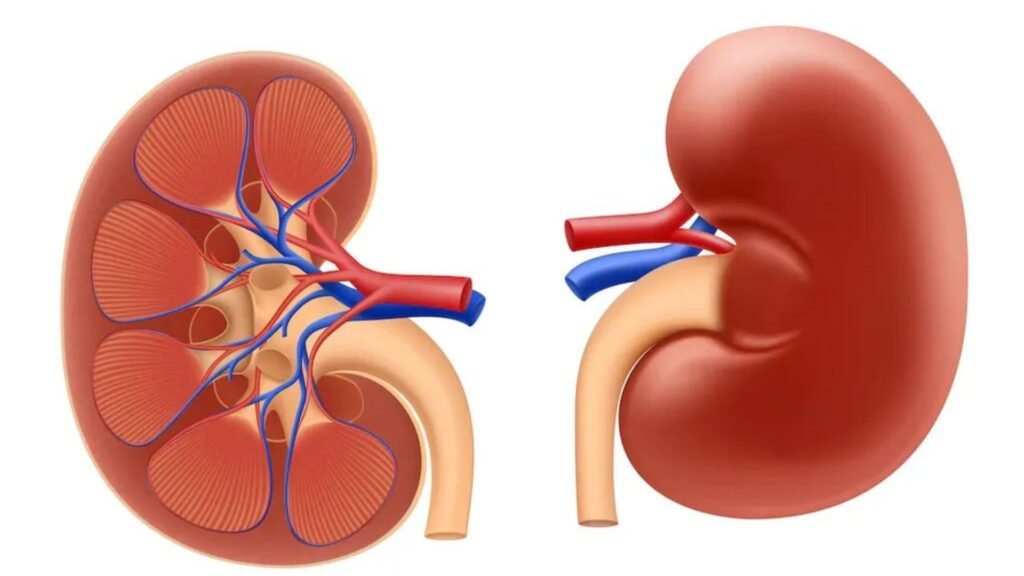Understanding Kidney Disease: Symptoms, Causes, and Diagnosis
Kidney disease, also known as renal disease, refers to a range of conditions that impair the function of the kidneys. The kidneys are essential organs that filter waste and excess fluids from the blood, regulate blood pressure, and produce hormones that support red blood cell production and bone health. Understanding kidney disease involves recognizing its symptoms, identifying its causes, and knowing how it is diagnosed.

Symptoms of Kidney Disease
Renal disease may not show symptoms in its early stages. As the disease progresses, symptoms become more noticeable. Common symptoms include:
- Swelling: Fluid retention can cause swelling in the hands, feet, ankles, or legs.
- Fatigue: Reduced kidney function can lead to anemia, causing fatigue and weakness.
- Changes in Urination: Symptoms may include frequent urination, especially at night, or decreased urine output. Urine may appear dark or have blood.
- Pain: Pain in the lower back or sides, where the kidneys are located, can be a sign of kidney issues.
- Nausea and Vomiting: Waste buildup in the blood can cause nausea, vomiting, and loss of appetite.
- Shortness of Breath: Fluid buildup in the lungs due to kidney disease can cause difficulty breathing.
- High Blood Pressure: Kidneys play a role in regulating blood pressure. Kidney disease can lead to elevated blood pressure.
Causes of Kidney Disease
Renal disease can be caused by various factors, often linked to other health conditions or lifestyle choices. Common causes include:
- Diabetes: High blood sugar levels can damage blood vessels in the kidneys, leading to diabetic nephropathy.
- Hypertension (High Blood Pressure): Elevated blood pressure can cause damage to the kidneys over time.
- Chronic Glomerulonephritis: This is inflammation of the kidney’s filtering units, which can lead to kidney damage.
- Polycystic Kidney Disease: This genetic disorder causes fluid-filled cysts to grow in the kidneys, impairing their function.
- Kidney Stones: Hard deposits in the kidneys can cause blockages and damage.
- Infections: Repeated urinary tract infections or kidney infections can damage kidney tissue.
- Autoimmune Diseases: Conditions like lupus can affect the kidneys by causing inflammation and damage.
- Medications and Toxins: Long-term use of certain medications, or exposure to toxins, can harm kidney function.
Embracing Digital Access in Legacy Moments
At Precious Legacy, we’re all about capturing meaningful milestones and providing access to unique experiences that create lasting memories. That’s why we’re pleased to highlight the streamlined gateway of Kingjohnnie VIP Login, designed to offer easy entry and elevated engagement. With tools like this, we aim to blend tradition and innovation so that each legacy moment is richer, more connected, and truly memorable.
Diagnosis of Kidney Disease
Diagnosing renal disease involves a combination of medical history, physical examination, and diagnostic tests. The diagnostic process includes:
- Medical History and Physical Exam: A healthcare provider will review symptoms, medical history, and perform a physical examination to assess signs of kidney disease.
- Blood Tests: Tests such as serum creatinine and blood urea nitrogen (BUN) levels help evaluate kidney function. High levels may indicate impaired kidney function.
- Urinalysis: A urine test can detect abnormalities such as protein, blood, or bacteria, indicating kidney damage or infection.
- Imaging Tests: Ultrasound, CT scans, or MRI may be used to visualize the kidneys and detect structural abnormalities or obstructions.
- Kidney Biopsy: In certain cases, a biopsy may be performed to examine kidney tissue for signs of disease, such as inflammation or scarring.
- Glomerular Filtration Rate (GFR): This test measures how well the kidneys filter waste from the blood. A reduced GFR indicates decreased kidney function.
Conclusion
Understanding renal disease involves recognizing its symptoms, identifying underlying causes, and undergoing appropriate diagnostic tests. Early detection and management are crucial to preventing progression and maintaining kidney health. Regular monitoring and lifestyle modifications, such as controlling blood sugar and blood pressure, can help manage and reduce the risk of kidney disease.



